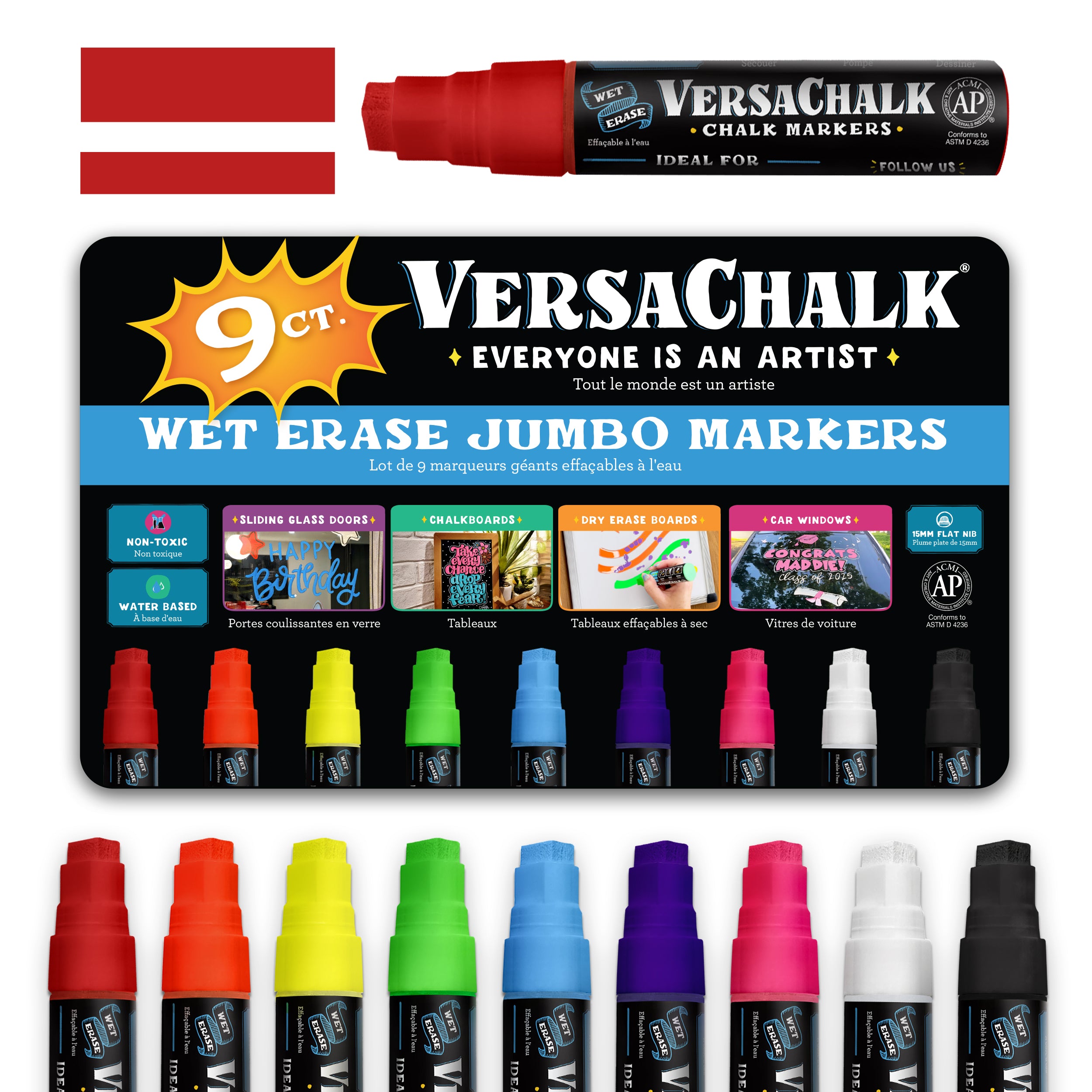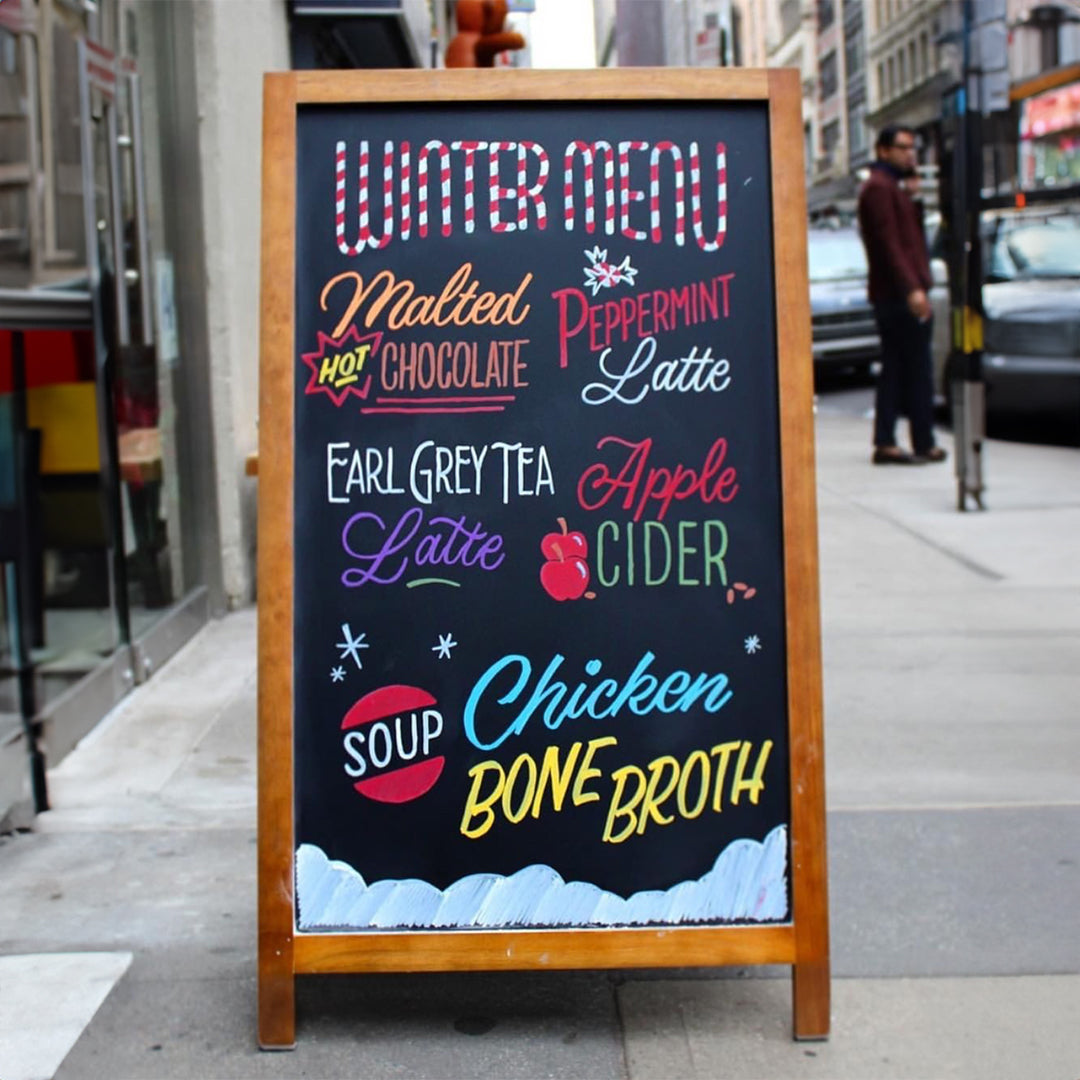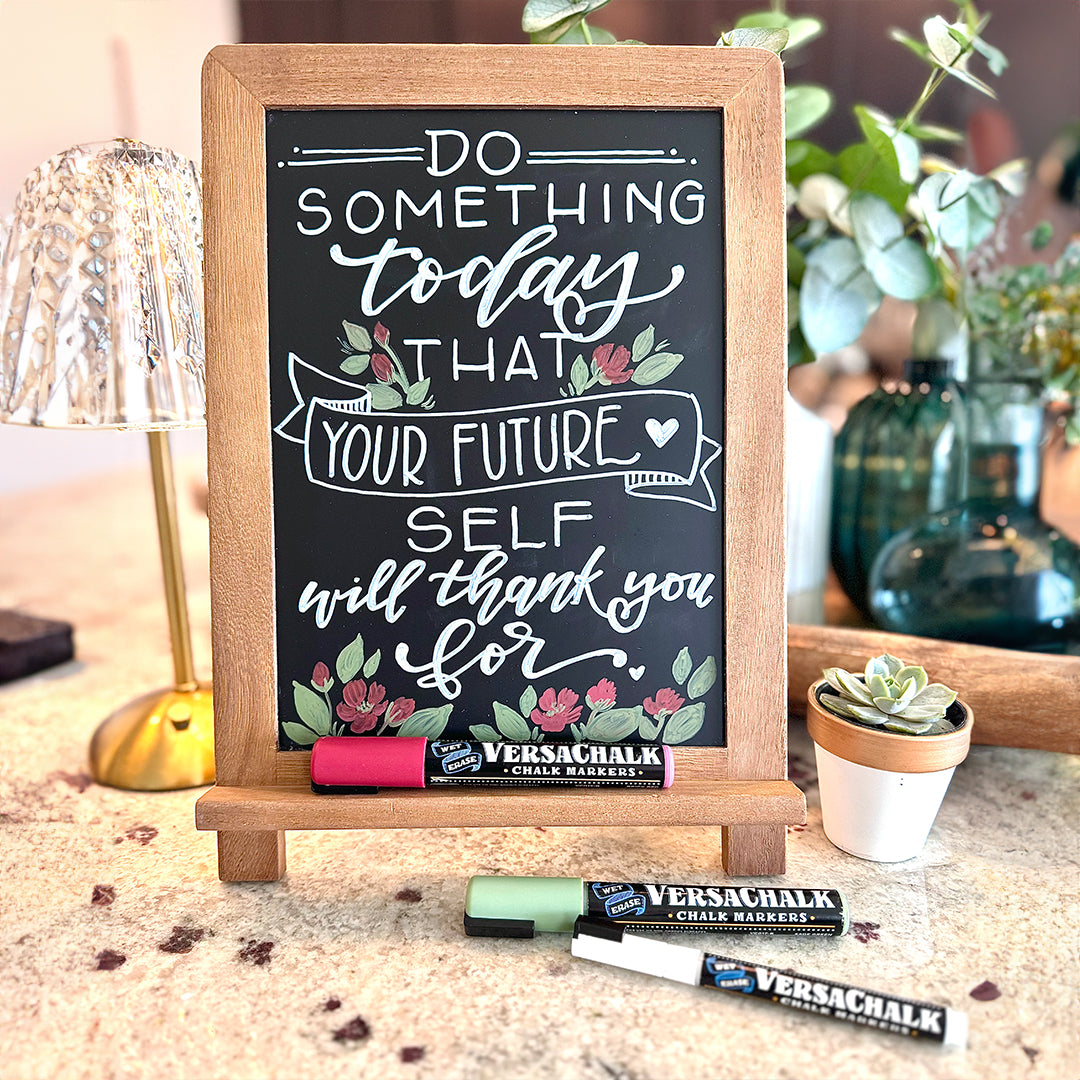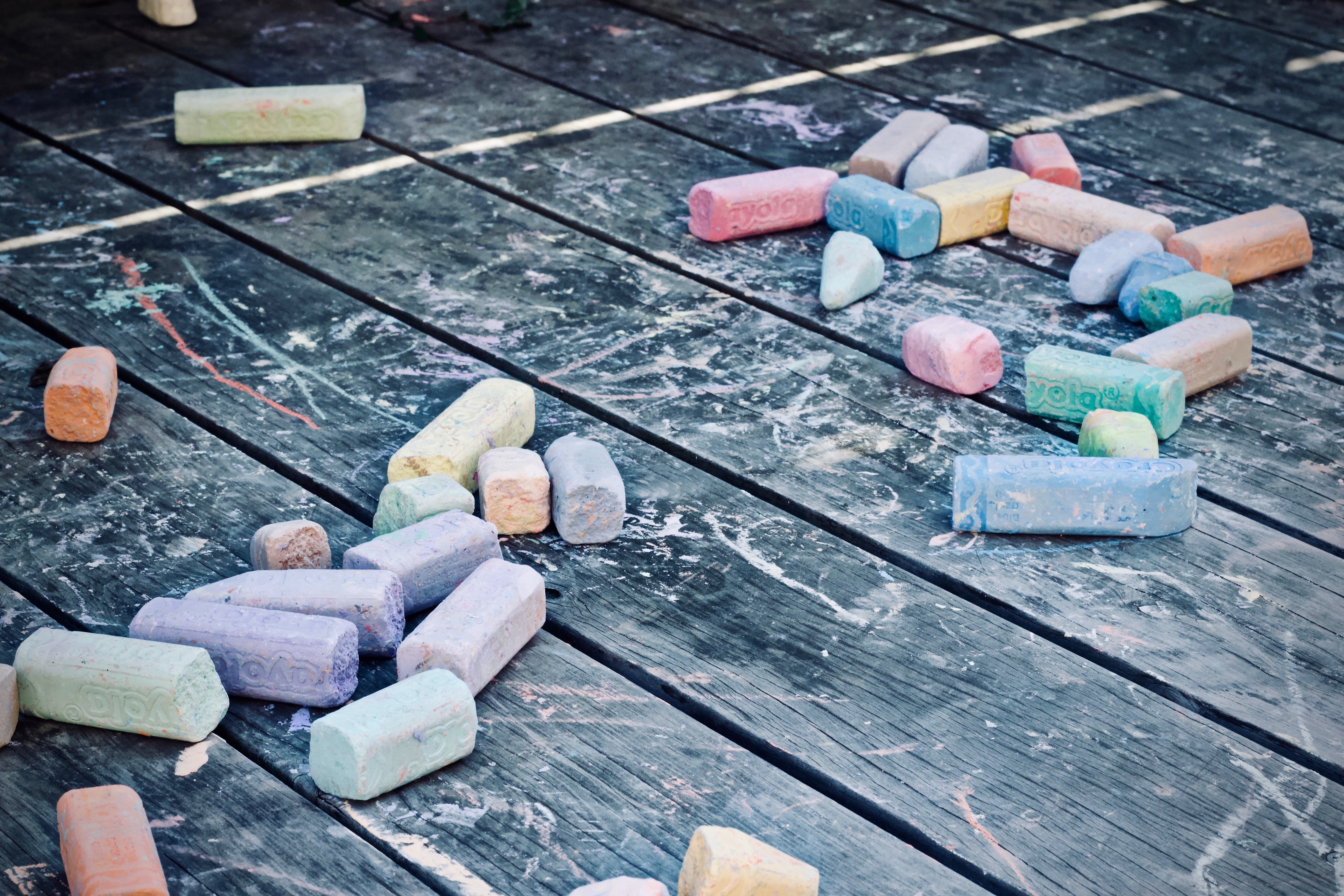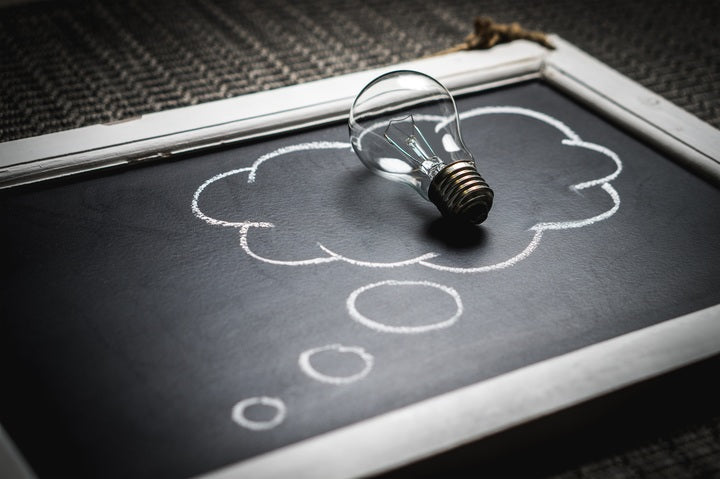
3 Ways the “Stone-Age” Chalkboard Changed the World More Than Computers
Imagine a world before the first classroom chalkboard. Imagine how hard it must have been to teach math, science or writing to a room full of students without being able to demonstrate a skill in a way everyone could see at once.
That world existed just over 200 years ago, and it was a piece of Stone Age technology that changed everything. Humans had long ago learned that soft minerals like natural chalk and gypsum (the main ingredient in most chalk sticks today) allowed them to “leave their mark” on harder, denser rocks like slate.

Lap-sized writing slates were in use in India almost a thousand years ago, but it wasn’t until the 1800s that large, classroom-style slate blackboards came into common use. As we here at VersaChalk prepare to transition out of our own “Stone Age,” we’re taking a look back at how this simple rock-on-rock invention changed the world forever.
1. Slate Chalkboards Made Instant Spreading of Ideas Possible.
Everyone who has attended even a day of school has seen a teacher fill up a chalkboard or whiteboard three or four times within a single class period. The ability to write and erase with such ease and communicate so much information in so little time would have amazed anyone living before the late 1700s.
Even with all the high-tech gadgets that exist today, teachers and office personnel still step up to a chalkboard or whiteboard when they need to demonstrate a technique or summarize information quickly. How many other 200-year-old inventions can you name that are still one of the best options available today?
2. Chalkboards Helped People Learn in Their Own Language.

Well into the 1800s, many schools throughout Europe were taught in Latin, a language no one actually spoke anymore! One of the reasons for this weird language choice was that creating printed materials like textbooks was extremely costly. No one in Europe spoke Latin, but most people spoke a language with Latin influences, so printing books in Latin was a way to avoid having to print different versions for different countries and regions.
With a chalkboard, however, a teacher could create lessons and present examples instantly, customized to that particular group of students. In short, if you grew up being taught in your native language, thank a chalkboard!
3. Chalkboards Encouraged Greater Mental Risk-Taking.
Where would any of us be without the “Undo” button on our computer screens? Spending all our time trying to explain away a lot of poorly chosen words, most likely!

Chalkboards and whiteboards are the go-to tools for brainstorming sessions, because knowing that an idea can be swiftly erased and forgotten encourages everyone to think a little further outside the box.
The End of VersaChalk’s “Stone Age”
Less than 150 years after a classroom chalkboard was first used in the United States, the first modern computer was invented. Coincidence? We think not.
For these reasons and many more, our beautiful, vintage slate chalkboards are beloved by everyone on the VersaChalk team. Unfortunately, with new batches of our latest best-in-the-business porcelain steel chalkboards arriving at our warehouse every day now, we just don’t have room for our slate boards anymore. It is time for us to fully enter the “Iron Age” of chalkboards.
As our Stone Age ends, we will be sharing our last vintage slate boards with amazing special deals. We hope some of you will give them good homes, because the modern world we know would never have existed without them.


